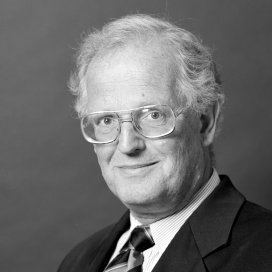Né le 6 février 1937, Pieter Westbroek étudie la géologie à l'université de Leiden. Sa thèse doctorale (1967, cum laude) concerne la paléobiologie de brachiopodes Paléozoiques et en particulier la méthode de croissance de leur coquille.
Pendant les deux années suivantes, il étudie les mécanismes de biominéralisation au département de biochimie de Queen's University à Belfast, étude qui concerne surtout l'algue unicellulaire Emiliana huxleyi. Suite à ce stage, il est chargé du groupe de géobiochimie au département de biochimie à l'université de Leiden.
Dans cette fonction, Pieter Westbroek s'occupe surtout des thèmes suivants :
- Mécanisme de calcification chez Emiliana huxleyi ;
- Initiation et coordination du « Global Emiliana Modeling Initiative (GEM) », un programme international sur le rôle climatique du biota marin ; Pieter Westbroek est directement responsable de la biologie moléculaire et des aspects géologiques de ce programme ;
- Les origines de calcification microbienne du manganèse et du fer.
En collaboration avec les Dr E. W. de Jong et J. P. M. de Vring, Pieter Westbroek organise le « Fourth International Symposium on Biomineralization » aux Pays-Bas en 1982. En 1991, il publie un livre intitulé « Life as a geological force. Dynamics of the Earth » (Norton, New York).
En 1993, il reçoit la « Coke Medal » de la Société géologique à Londres. Au cours de sa carrière, il occupe diverses fonctions administratives et est membre du comité d'organisation de nombreux colloques et congrès internationaux sur les interactions entre la géosphère et la biosphère.
Depuis 1992, Pieter Westbroek est membre de l'Académie royale des sciences aux Pays-Bas.
Professeur invité du Collège de France, titulaire de la chaire annuelle Européenne de 1996 à 1997.

